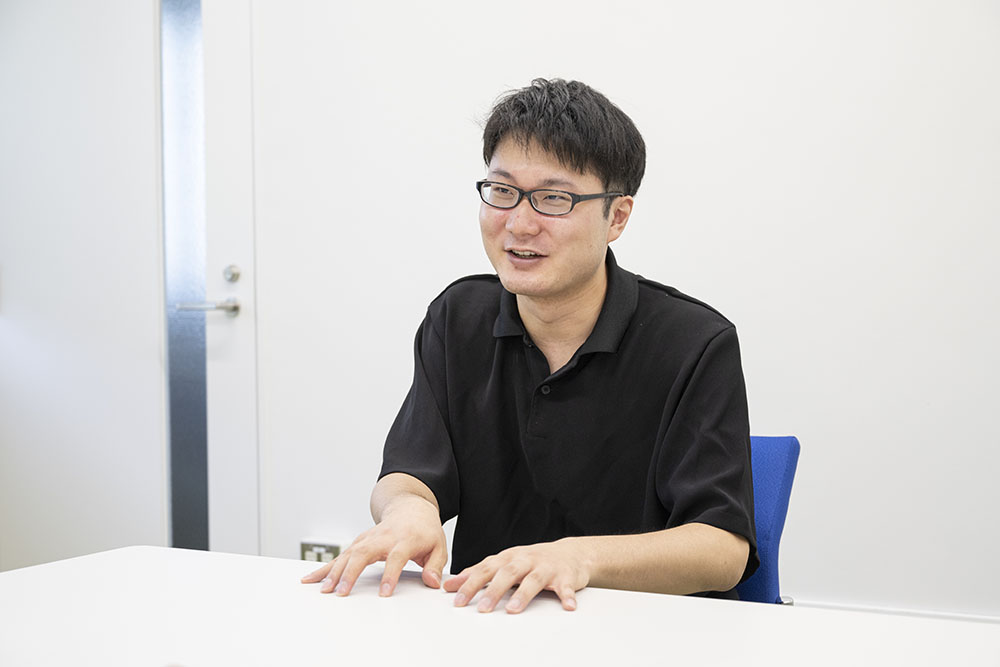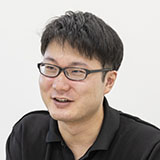Aiming to gain a broad vision to fill in gaps between research fields
Believing in practical uses in the future
I am studying photo-rechargeable batteries that are directly charged by light (as a driving source). They can be charged by simply exposing them to light, but existing types of such batteries have a disadvantage where their electrolytic solution is decomposed by light, making it difficult to determine what kind of reaction is taking place. In order to solve this, I am studying photo-rechargeable batteries that use all solid-state materials, which do not have any electrolytic solution.
As there are still a lot of unknown things about photo-rechargeable batteries, I am verifying their basics. At the 89th ECSJ Spring Meeting in March 2022, I received an excellent student presentation award for a study on the properties of rechargeable batteries. I believe that the accumulation of such basic studies will lead to practical uses in the future.
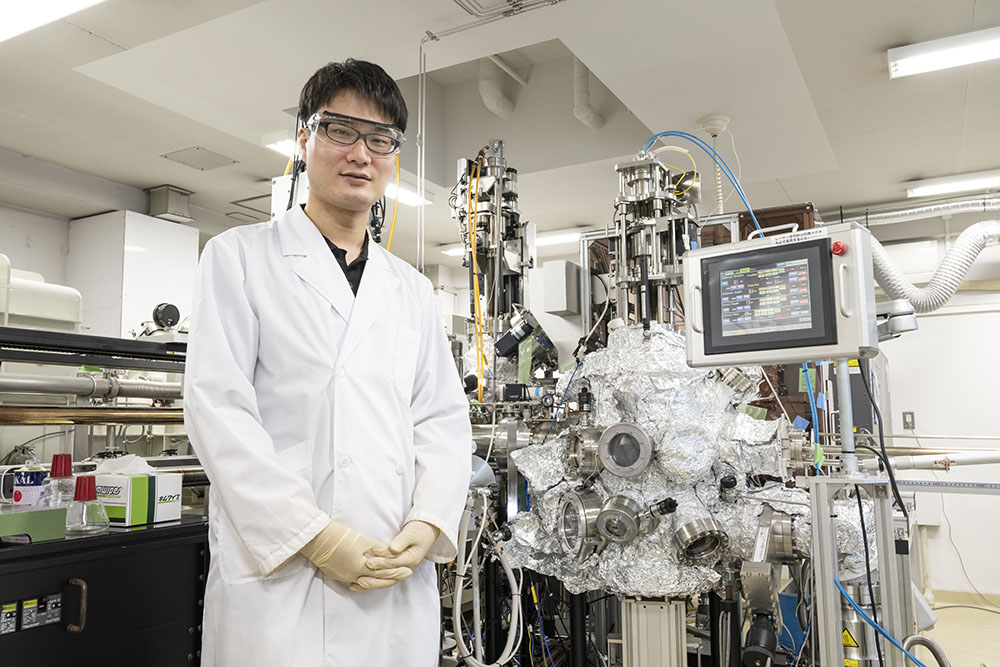
Significance of research revealed through interaction with different fields
WISE-SSS is where many students gather from different fields and offers opportunities to communicate with enterprises through the matching workshops. Although staying in my laboratory tends to make me focus only on batteries, I have been able to develop a broad vision for photo-rechargeable batteries through communication at WISE-SSS. The direction of studies has been gradually determined by directly listening to the demands or requirements for photo-rechargeable batteries. I have gained other benefits from WISE-SSS—for example, when applying for a research funding or subsidy, I have been able to properly state the background and significance of the studies.
Recently, I often hear the term “fusion of different fields” used to describe what researchers should be, and I feel that there are still gaps between the studies I am carrying out on materials and the studies that are more associated with practical engineering. I would like to become a researcher who can fill the gaps between each field through WISE-SSS, which sets the fusion of different fields as one of its objectives.
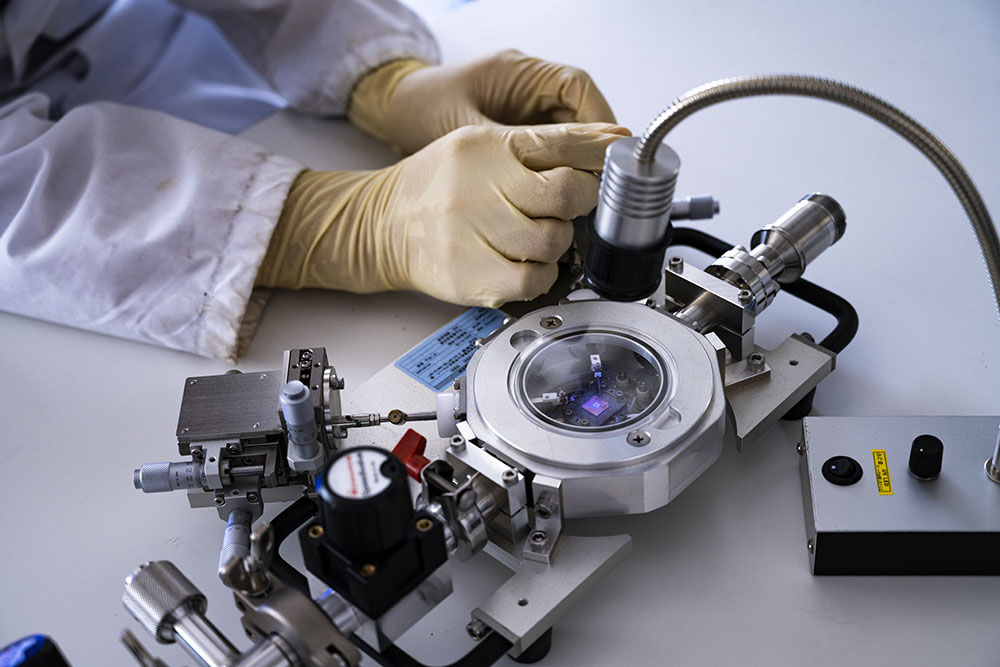
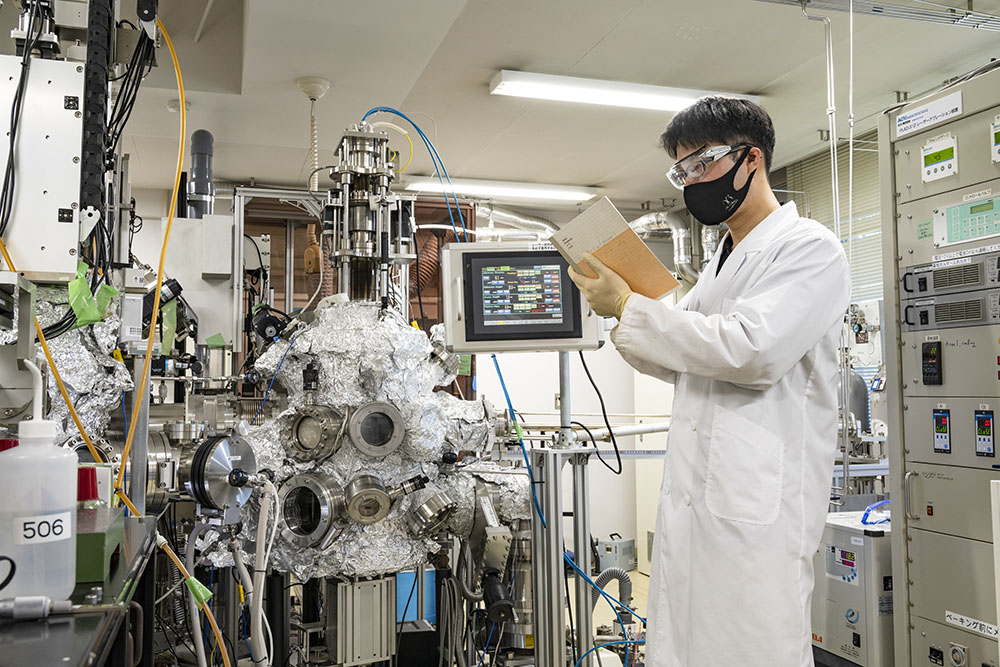
Profile
Masataka Yoshimoto
Born in 1997 in Hokkaido. Graduated from the School of Science, University of Hyogo in 2019, and finished his master’s degree in Chemical Science and Engineering at the School of Materials and Chemical Technology, Tokyo Institute of Technology in 2021. Currently, in the Energy Science and Engineering Graduate Major (2nd year of a doctoral program) at the Department of Chemical Science and Engineering at the School of Materials and Chemical Technology.
